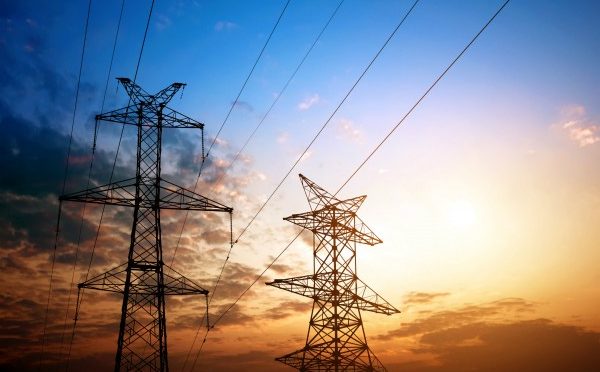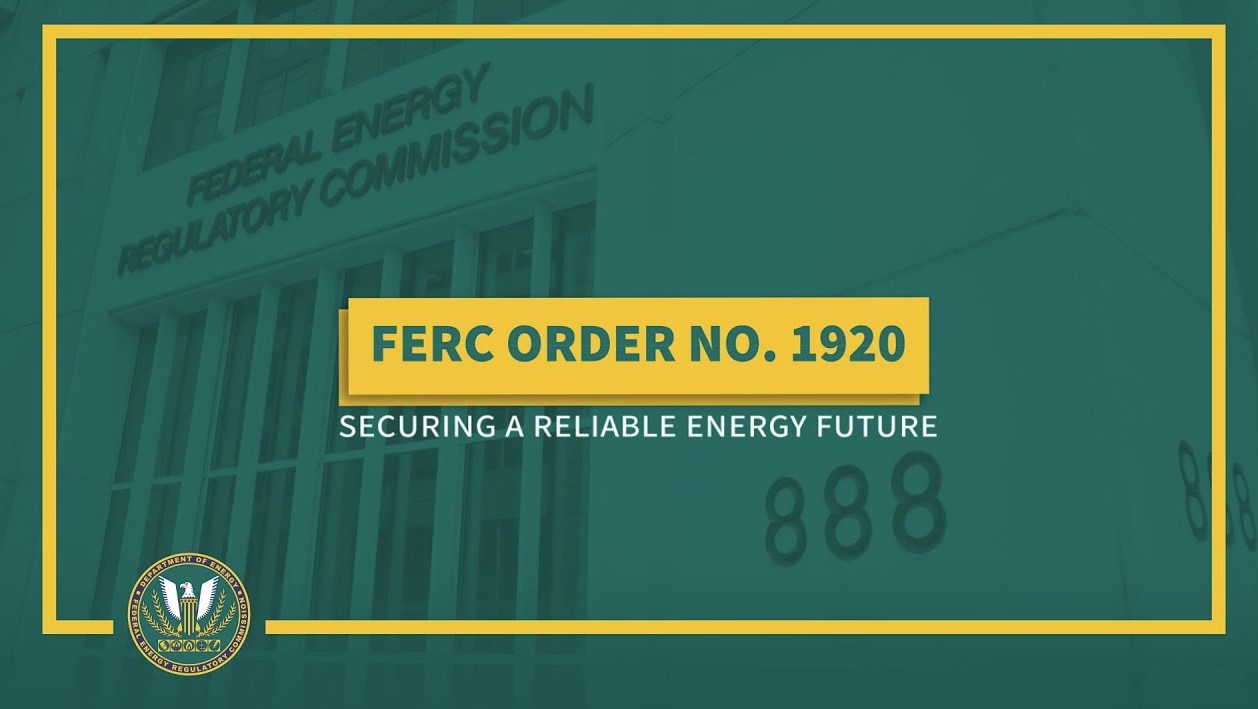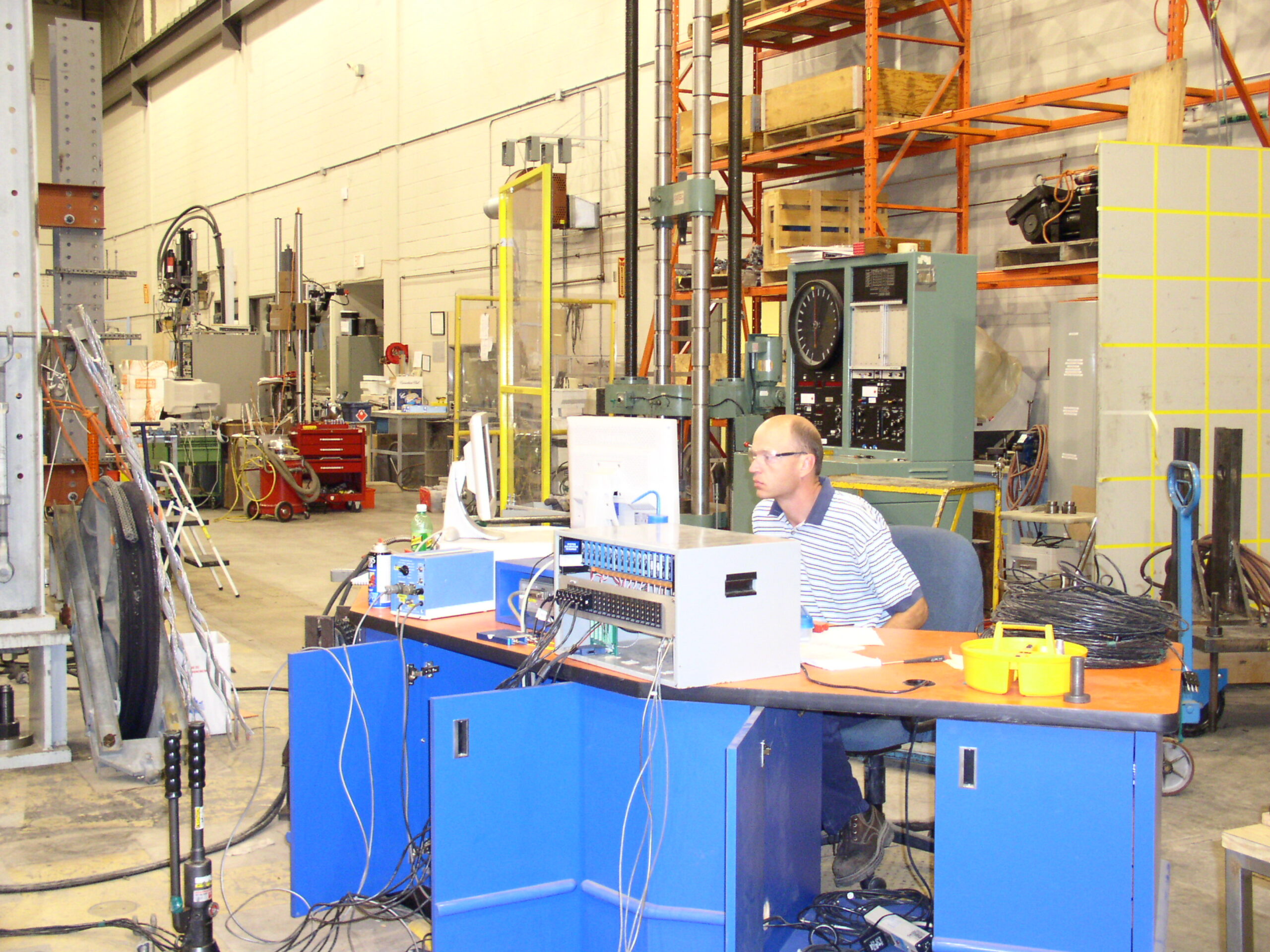Background:
Transmission and distribution (T&D) efficiency improvement is the overlooked area for actively “harvesting” energy savings and associated environmental benefits. New renewable energy plants deliver electricity to new, high efficiency end-use technologies over lower efficiency, century-old design conductors.
Utilities have almost no policy guidance to explicitly consider economical efficiency improvements when making grid investment decisions.
Objective:
“Harvest” energy savings and associated environmental benefits by reducing the losses associated with delivering electricity from generating plants to the end-use consumer.
Method:
State energy policymakers and utility regulators should provide policy guidance to state utilities to include increased energy efficiency objectives early in the T&D project planning process for all (significant) capital expenditures for the electric T&D system.
Tools developed for end-use energy efficiency projects/programs can be adapted to guide the decision of how much more capital spending for improved efficiency is economical and acceptable for a specific T&D project.
Expected Results for an effective T&D Energy Efficiency Policy Initiative:
A state can expect to see a 30% or more reduction in losses within that state’s T&D system over a period of 20 years: energy savings and air emission reductions including CO2.
Fewer MW of generating capacity will be required over time to serve the electric demand than would be required absent this initiative.
The delivered cost of electricity to the end-use consumer will be lower over time than it would be without this initiative.
As economical T&D energy efficiency improvement considerations are integrated into the T&D capital project planning process, innovative ways and technologies for reducing T&D losses will be identified.
Examples:
Minnesota is implementing a “Utility Infrastructure Efficiency” (EUI) policy which provides guidance to state utilities to include energy efficiency improvements when making T&D investments: https://www.mncee.org/mnsupplystudy/home
- The T&D Achievable Potential from a “bottom-up” assessment of electricity saving potential is estimated at 1.34 million MWh savings.
- Based on the January 2020 EIA state electric profile for Minnesota this represents:
(https://www.eia.gov/electricity/state/minnesota / Full Data Tables 1-14)
- A >30% reduction from 2018 T&D losses
- A 648,000 metric-ton per year CO2 reduction at EIA 2018 emission rate
If the US were to implement an effective T&D Energy Efficiency Policy Initiative:
- A 30% reduction in T&D losses can be achieved resulting in 60 million MWh per year of energy saved;
- A reduction of 8,000 MW of required base-load generating plant operating just to serve the T&D system losses; and
- A reduction of 27 million metric-tons of CO2 per year emitted (at EIA 2018 rate);
If just the 20 largest CO2 emitting states were to implement an effective T&D Energy Efficiency Policy, then the following could be achieved:
- A reduction of 41.6 million MWh per year from T&D system losses;
- A reduction of 5,600 MW of required base-load generating plant; and
- A reduction of 19.4 million metric-tons of CO2 per year (at EIA 2018 state rates).
Any American state implementing an effective T&D Energy Efficiency Policy Initiative could expect to save from 100,000 to 6.6 million MWh per year depending on geographic size and electric load of the state.
For more information or to see how we can help you, please contact Mr. David Townley, Director of Public Policy, CTC Global Corporation [email protected]






